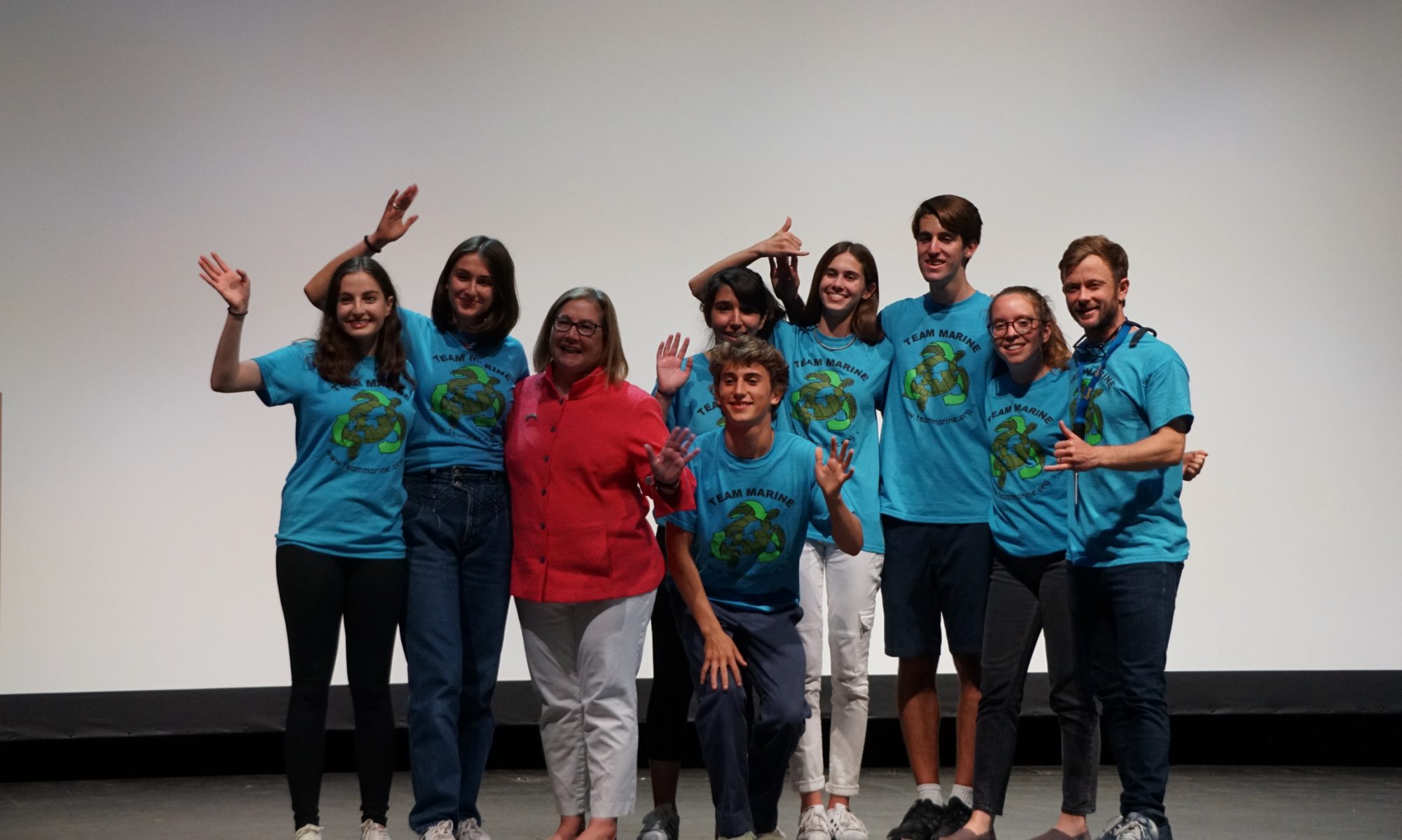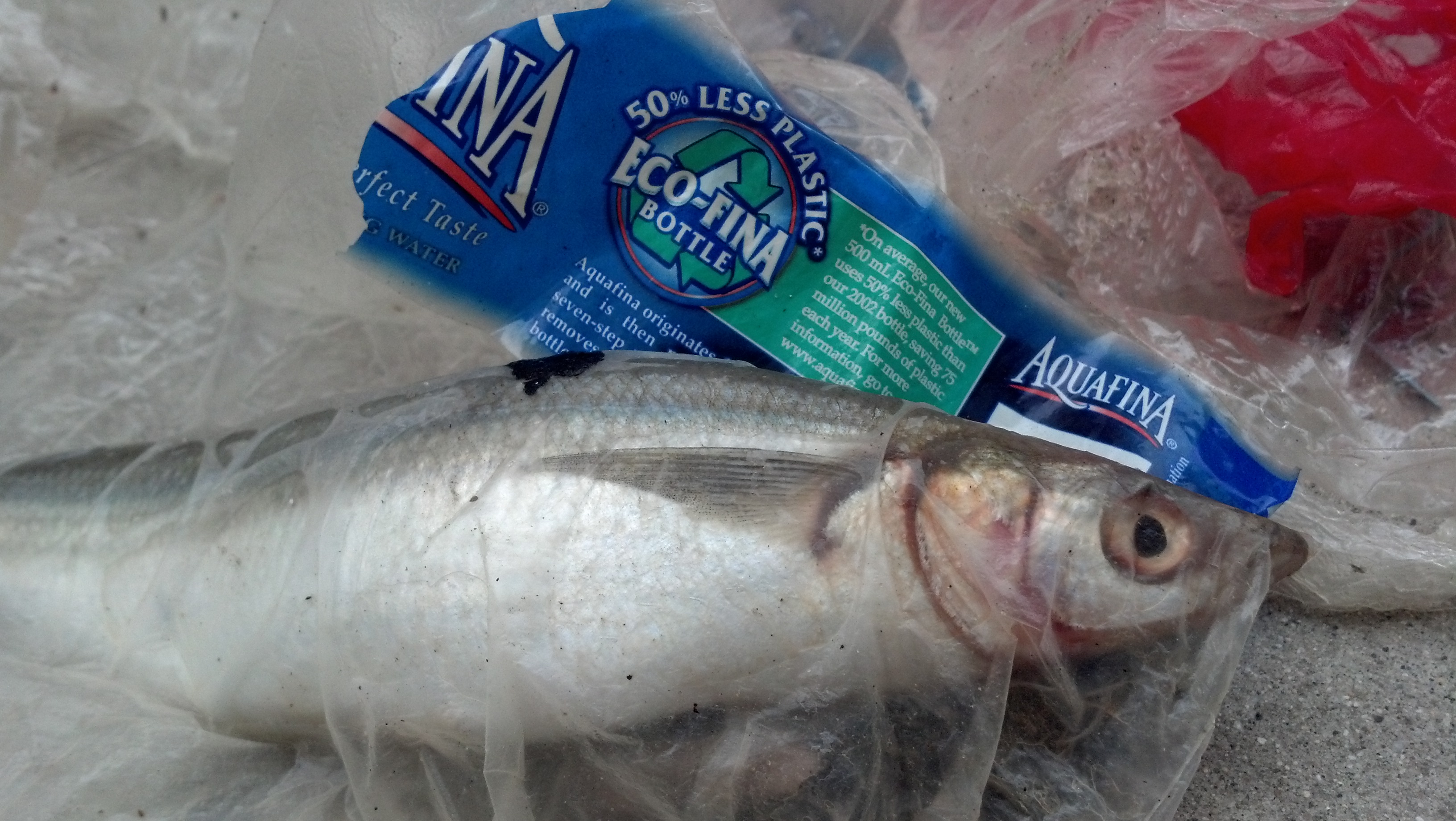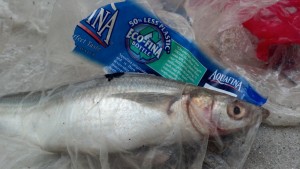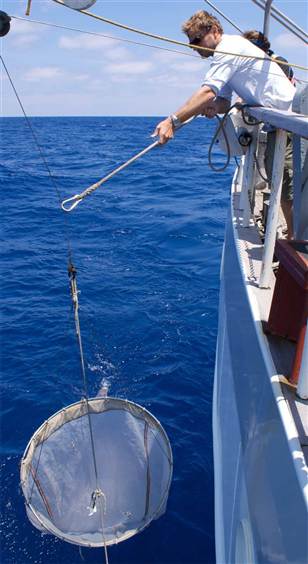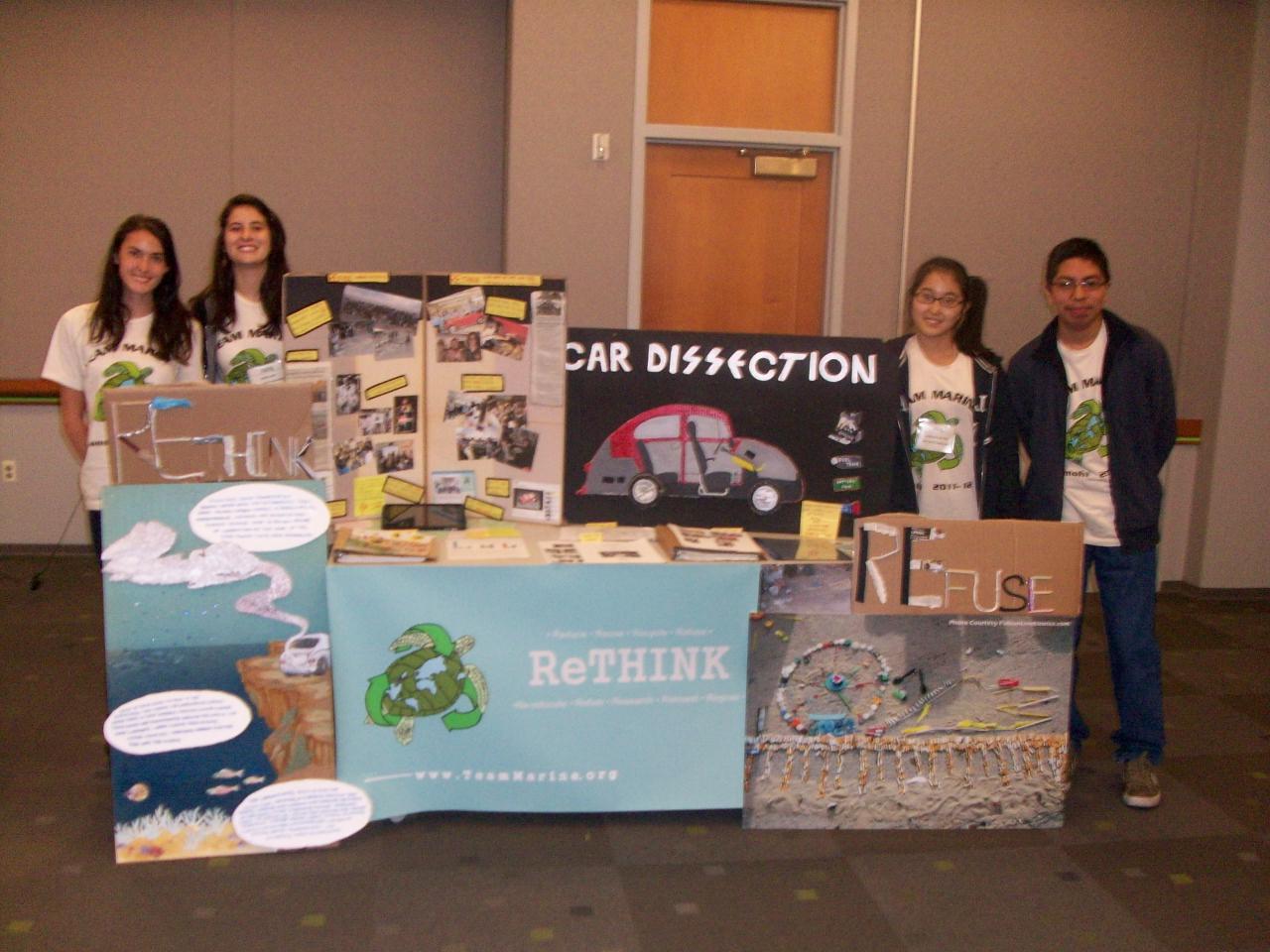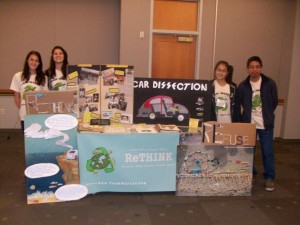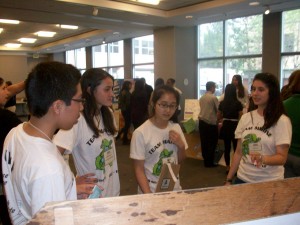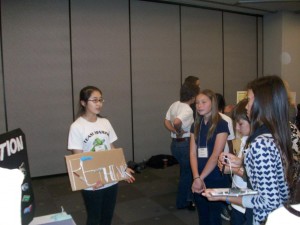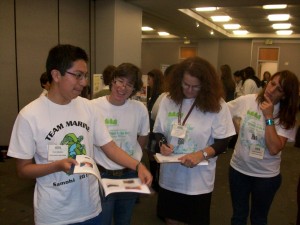While surfing last weekend, Mr. Kay noticed that he wasn’t alone…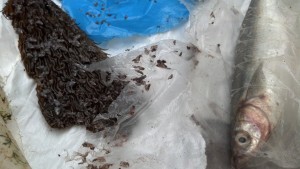
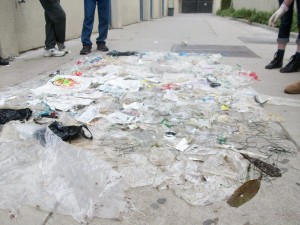 Floating around him were various fragments of what were once single-use plastics. So he sat on his surfboard and collected as much trash that he could fit into his wetsuit. Kay collected all sorts of plastic ranging from plastic bags, wrappers, bottle caps, straws, to lots of unidentifiable fragments. After school today, with the help of a few Marine Biology students, Team Marine laid each piece of plastic flat and tried to cover as much concrete as possible to find the total surface area. While doing this, we made note of all the different recognizable brand names we found. They included: Doritos, Zip-loc, Reeses, Crunch, David sunflower seeds, Twix, BIC, Munchies, Kit Kat, Oreos, Gatorade, 7-select, Aquafina, Giradelli, Lays, 99¢ stores, Hersheys, Bimbo, Haribo, Corn nuts, Turbos, Life Styles, Air Heads, Cheetos, Pirate’s Booty, Penguinos, Fritos, Bakenetts, Sparklet, Orangina, Lucky’s, Wonka, FritoLay, Snickers, Nature Valley, Ice Breakers, and McDonald’s.
Floating around him were various fragments of what were once single-use plastics. So he sat on his surfboard and collected as much trash that he could fit into his wetsuit. Kay collected all sorts of plastic ranging from plastic bags, wrappers, bottle caps, straws, to lots of unidentifiable fragments. After school today, with the help of a few Marine Biology students, Team Marine laid each piece of plastic flat and tried to cover as much concrete as possible to find the total surface area. While doing this, we made note of all the different recognizable brand names we found. They included: Doritos, Zip-loc, Reeses, Crunch, David sunflower seeds, Twix, BIC, Munchies, Kit Kat, Oreos, Gatorade, 7-select, Aquafina, Giradelli, Lays, 99¢ stores, Hersheys, Bimbo, Haribo, Corn nuts, Turbos, Life Styles, Air Heads, Cheetos, Pirate’s Booty, Penguinos, Fritos, Bakenetts, Sparklet, Orangina, Lucky’s, Wonka, FritoLay, Snickers, Nature Valley, Ice Breakers, and McDonald’s. 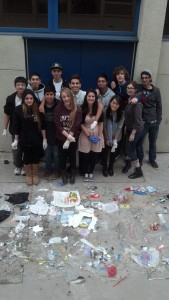
There were a total of 651 pieces of plastic that made up for 6.973m2 in surface area. Some of the plastic pieces had been colonized by algae/barnacles and there was one plastic bag that had a dead fish inside! The fish probably didn’t see the bag floating around the ocean, so it accidentally swam into it and when it couldn’t escape, it smothered. This can only mean one thing…
